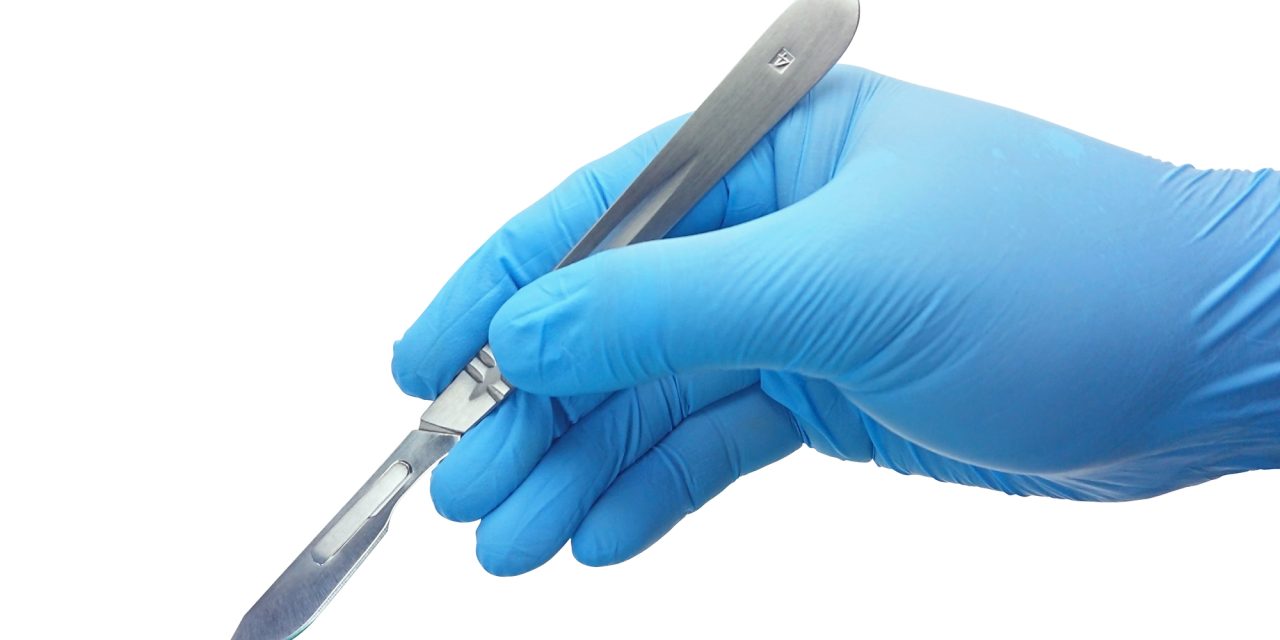We describe the effectiveness of the Jigsaw method in the instruction of residents in difficulty airway management.
The residents were given a pre-Jigsaw instruction test and a self-assessment of their skills for bag-mask ventilation, Intubation, cricothyrotomy, and tracheostomy. After the completing the pre-test, they were randomly assigned tasks from A-D, with each letter corresponding to a section of reading from Cumming’s Otolaryngology and related questions. The residents were given ten minutes to read their portion of the article, and then another ten minutes to discuss their section with others assigned the same responsibilities, thereby becoming “experts.” Then, the “experts” were assigned to a second group where they had ten minutes to teach their peers their designated material and learned from their peers the other designated material. A skill simulation lab was then performed involving intubation, cricothyrotomy, and tracheotomy. The residents were then given a post-Jigsaw instruction test and post simulation lab selfassessment of their skills for bag-mask ventilation, intubation, cricothyrotomy and tracheotomy.
Renaissance School of Medicine at Stony Brook University.
General surgery, otolaryngology, plastic surgery, and oral and maxillofacial surgery residents.
Post-Jigsaw tests scores a statistically significant increase in the number of correctly answered questions (P< 0.001) and residents reported a statistically significant increase in confidence in performing difficult airway skills.
The Jigsaw method of learning is an effective alternative to tradition lecture-based methods.
Copyright © 2020 Association of Program Directors in Surgery. Published by Elsevier Inc. All rights reserved.
Jigsaw Group-Based Learning in Difficult Airway Management: An Alternative Way to Teach Surgical Didactics.


